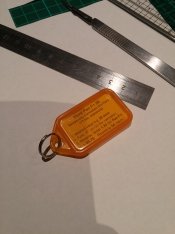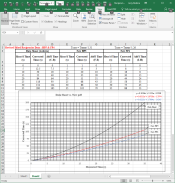- Joined
- Sep 14, 2015
- Messages
- 98
- Format
- Multi Format
We have just posted a new factsheet on our website in response to user queries about reciprocity compensation for long exposures. Please go to www.ilfordphoto.com and select "Support" then "Technical Downloads" then "Film".
Or, for instant gratification, go to:
https://www.ilfordphoto.com/wp/wp-content/uploads/2017/06/Reciprocity-Failure-Compensation.pdf
Regards,
David
Or, for instant gratification, go to:
https://www.ilfordphoto.com/wp/wp-content/uploads/2017/06/Reciprocity-Failure-Compensation.pdf
Regards,
David










 .
.


